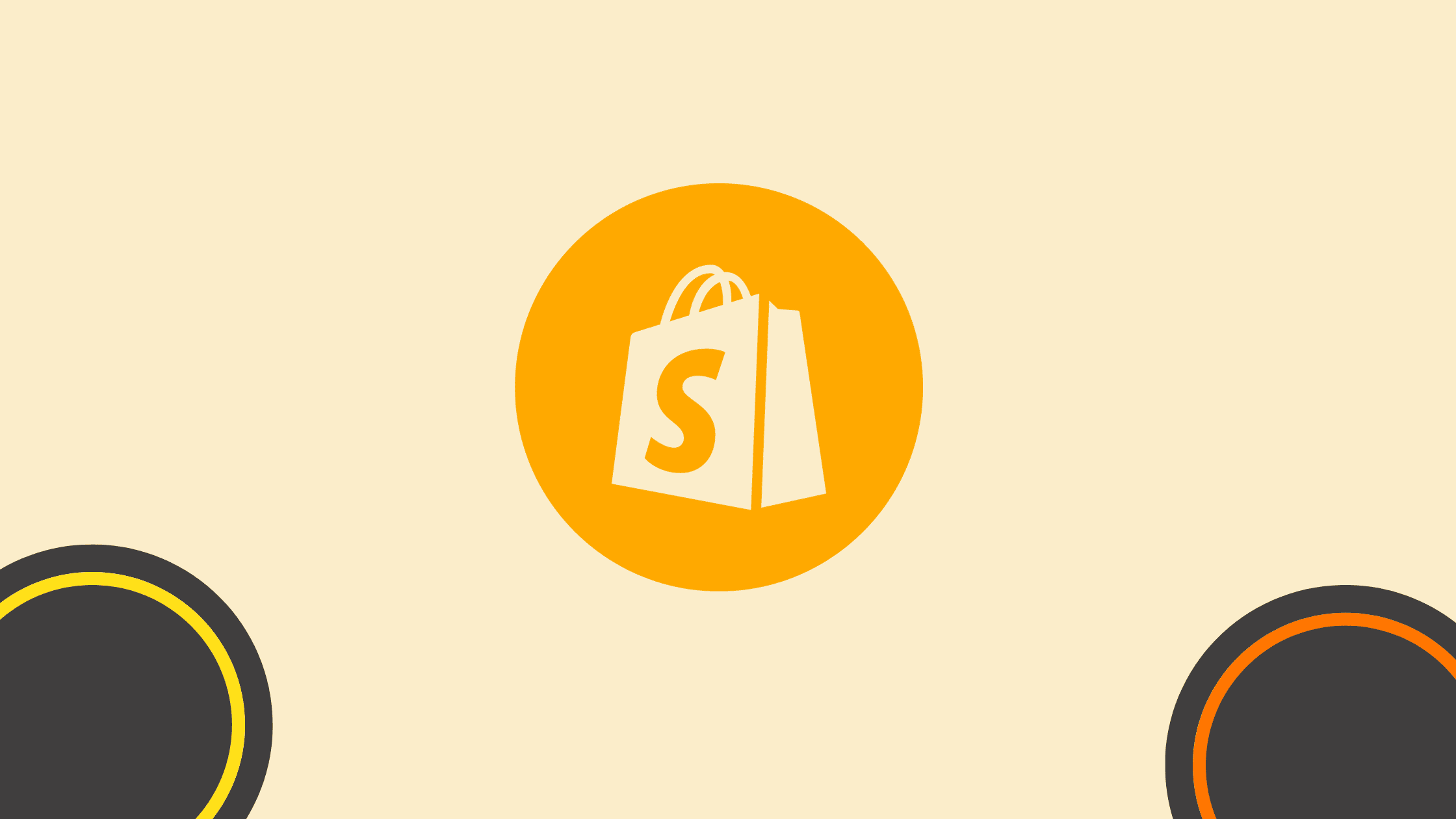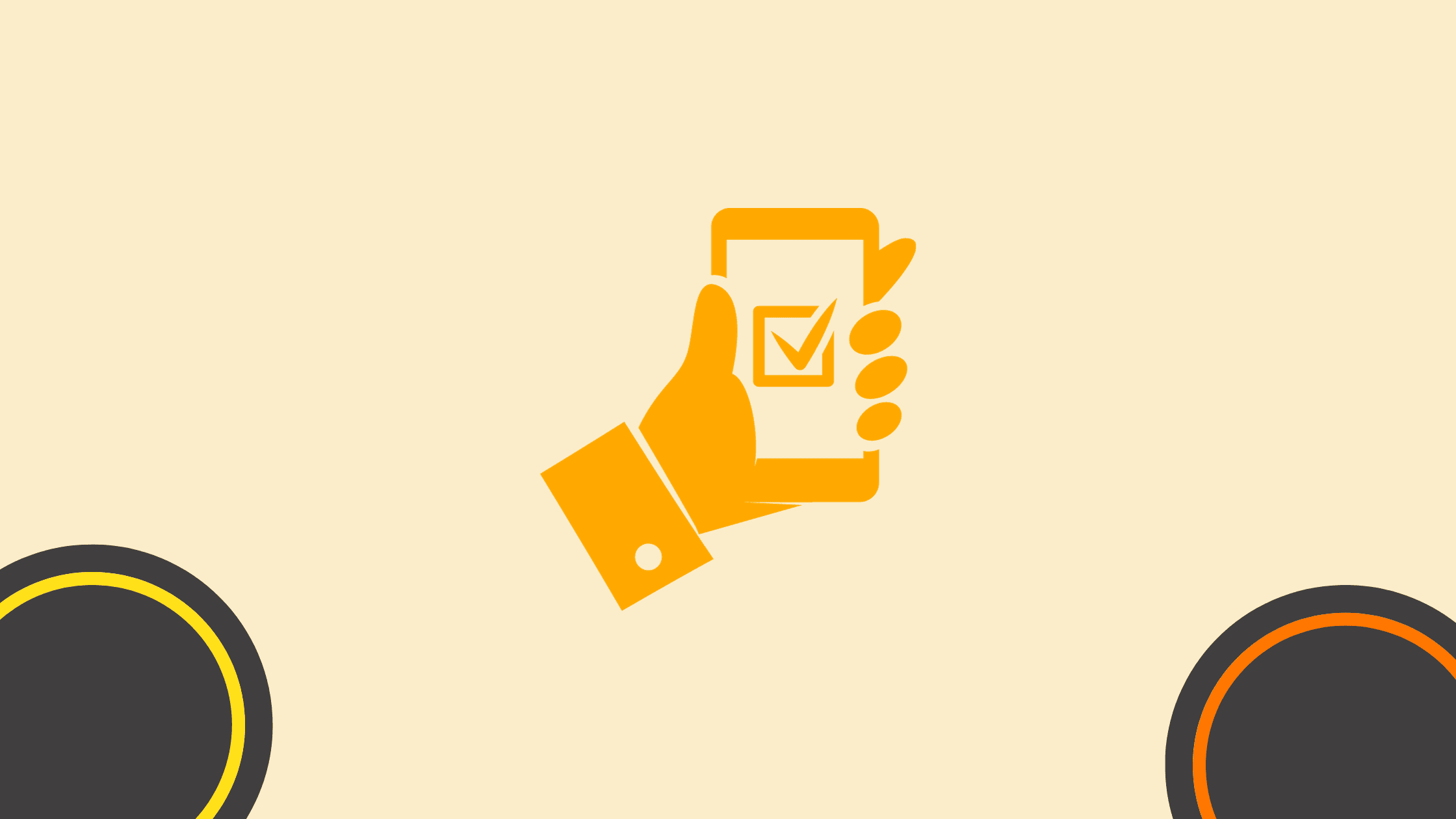10 Essential Tips for Optimizing Your Shopify Store
In the world of e-commerce, Shopify has emerged as a game-changer, providing businesses with a platform to create and manage online stores efficiently.
Welcome to the world of e-commerce where a well-optimized Shopify store can be a game-changer. In this article, we’ll explore ten essential tips for making the most of your Shopify store.
Whether you’re a seasoned seller or just starting, these insights, along with expert SEO services, will help you boost your online business and stand out in the competitive market.
Let’s dive in!
Chapters
- Getting Started with Shopify
- 1. Choose a Catchy Store Name
- 2. Customize Your Store’s Design
- 3. Add High-Quality Product Images
- 4. Set Up Easy Navigation
- 5. Optimize for Mobile Devices
- Improving Product Descriptions
- 6. Craft Compelling Descriptions
- 7. Use Relevant Keywords
- Streamlining the Checkout Process
- 8. Simplify Checkout Steps
- Driving Traffic and Sales
- 9. Leverage Social Media
- 10. Invest in SEO
- FAQs
Getting Started with Shopify

Before we dive into the tips, let’s ensure you have the basics covered.
1. Choose a Catchy Store Name
Your store’s name is the first impression customers get. Make it memorable so they remember you, and relevant to your niche so they know what you offer. Unique, non-generic names work best. Ensure it’s legally clear and consider future scalability. Also, secure a matching domain for online consistency. Your store name is the foundation of your brand identity.
2. Customize Your Store’s Design
Your store’s design is more than just looks; it’s about creating an appealing and user-friendly environment that drives sales and customer loyalty. Here’s why it matters:
- Visual Appeal: A beautiful design captures attention and builds trust.
- Brand Consistency: Match your design to your brand for recognition.
- User-Friendly: Make navigation easy for customers.
- Mobile Responsiveness: Ensure it works well on all devices.
- Speed: Faster loading keeps customers engaged.
- Unique Elements: Stand out with custom graphics and icons.
- Professional Help: Consider hiring a designer.
- Testing: Gather feedback and run A/B tests.
- Regular Updates: Stay current with design trends.
A well-designed store is an ongoing investment that sets you apart in the competitive e-commerce world, attracting and retaining customers.
3. Add High-Quality Product Images
In the digital shopping world, customers rely on images to make buying decisions. To stand out:
- Use high-quality, clear images that allow customers to inspect products in detail.
- Create a superior shopping experience and reduce returns with accurate visuals.
- Gain a competitive edge by showcasing professionalism and product quality.
- Provide multiple angles and zoom functionality for a comprehensive view.
- Consider professional photography for complex items.
- Optimize images for fast loading without sacrificing quality.
High-quality images are the key to building trust and driving sales in the e-commerce world.
4. Set Up Easy Navigation
To ensure customers can easily find and buy what they want:
- Organize products into clear categories.
- Create a user-friendly menu.
- Include a reliable search function.
- Avoid clutter and keep things simple.
- Maintain a consistent structure.
- Ensure mobile-friendly navigation.
- Gather feedback and conduct usability testing.
- Use clear calls to action.
- Continuously improve through A/B testing.
Effective navigation enhances the shopping experience, reduces frustration, and boosts sales in your e-commerce store.
5. Optimize for Mobile Devices

To capture mobile shoppers effectively:
- Use responsive design to adapt to all screen sizes.
- Enhance user experience and reduce bounce rates.
- Improve loading times for mobile users.
- Boost your mobile search engine ranking.
- Regularly test mobile functionality.
- Provide mobile-friendly payment options.
- Consider developing a mobile app if suitable.
- Pay attention to user feedback for improvements.
- Ensure a seamless transition between mobile and desktop shopping.
Mobile optimization is a must for e-commerce success, broadening your customer base and enhancing the shopping experience. It’s vital in the ever-evolving digital market.
Improving Product Descriptions
Your product descriptions play a crucial role in convincing customers to make a purchase.
6. Craft Compelling Descriptions
To convert browsers into buyers:
- Highlight key features and benefits.
- Showcase the unique selling proposition.
- Craft compelling product stories.
- Use descriptive, sensory language.
- Emphasize benefits over features.
- Format for easy readability.
- Optimize for SEO.
- Include customer reviews and testimonials.
- Use clear calls to action.
- Experiment with A/B testing for improvement.
- Keep descriptions up-to-date.
Persuasive product descriptions engage customers, clarify product value, and drive online sales.
7. Use Relevant Keywords
To enhance your online visibility, choose relevant keywords that match your products and audience. Integrate these naturally into your content, including long-tail keywords. Optimize meta tags with these keywords. Regularly update your content and analyze competitors for insights. Use synonyms and monitor performance to make adjustments. Remember, high-quality content is key.
Streamlining the Checkout Process
A complicated checkout process can lead to cart abandonment. Let’s avoid that.
8. Simplify Checkout Steps
To improve sales, simplify the checkout process by reducing steps and offering guest checkout. Use user-friendly forms and progress indicators, and provide secure payment options. Communicate costs transparently and optimize for mobile. Test and refine with A/B testing, reassure customers with trust symbols, and implement cart recovery strategies. These enhancements boost sales, improve customer satisfaction, and build trust for repeat business.
Driving Traffic and Sales
Now that your store is optimized, let’s focus on getting more visitors and sales.
9. Leverage Social Media
To harness social media effectively for your e-commerce business, choose the right platforms for your audience, maintain consistency in posting, and use analytics to track performance. Engage your audience with appealing content, consider paid advertising, and collaborate with influencers to expand your reach.
Encourage user-generated content, run promotions, and respond to feedback and reviews promptly. Integrate social media into your website and share educational content to build trust. Stay current with social media trends to enhance your online presence, attract new customers, and nurture lasting relationships.
10. Invest in SEO
Invest in SEO to boost online visibility. This includes keyword research, on-page SEO, fast website loading, mobile-friendliness, and image optimization. Build a strong backlink profile, address technical SEO issues, and optimize for local search if applicable. Implement schema markup, monitor and adjust strategies, and promote content. Prioritize a user-friendly website for higher search engine rankings and increased conversions and sales. To make the most of SEO, you need to optimize your Shopify store with expert SEO services.
FAQs
How long does it take to set up a Shopify store?
Setting up a basic store can be done within a few hours. However, fully optimizing it may take a bit longer, depending on your product range and design requirements.
Can I change my store’s name later?
Yes, you can change your store’s name, but it’s essential to consider the potential impact on your brand and SEO rankings.
Are there any free design templates available?
Yes, Shopify offers free and premium design templates. You can choose one that suits your brand and budget.
How can I track the performance of my online store?
Shopify provides built-in analytics tools that help you track your store’s performance, including sales, visitor data, and more.
What’s the importance of mobile optimization?
Mobile optimization is crucial because an increasing number of shoppers use mobile devices to make purchases. A mobile-friendly store ensures you don’t miss out on this significant market.
Can I outsource SEO for my store?
Yes, many agencies and freelancers specialize in e-commerce SEO. Consider outsourcing if you lack the expertise or time.
What does it mean to optimize a Shopify store?
Optimizing a Shopify store involves enhancing various aspects of the website to improve its performance, user experience, and visibility in search engine results, ultimately driving more traffic and increasing conversions.
Why is it important to optimize a Shopify store?
Optimizing a Shopify store is crucial for maximizing its potential to attract and convert customers, as well as for staying competitive in the e-commerce landscape. It ensures a smooth user experience, boosts search engine rankings, and increases sales and revenue.
What are some key areas to focus on when optimizing a Shopify store?
Key areas to focus on when optimizing a Shopify store include website speed and performance, mobile responsiveness, product page optimization, navigation and site structure, SEO strategies, user-generated content, checkout process optimization, and integrating analytics tools.
How can website speed and performance be optimized in a Shopify store?
Website speed and performance in a Shopify store can be optimized by minimizing image sizes, using a fast and reliable web hosting service, enabling compression and browser caching, reducing unnecessary scripts and plugins, and regularly monitoring performance metrics.
What are some strategies for optimizing product pages in a Shopify store?
Strategies for optimizing product pages in a Shopify store include writing compelling product descriptions with relevant keywords, using high-quality images and videos, displaying customer reviews and ratings, offering clear pricing and shipping information, and optimizing for mobile devices.
How can SEO be optimized for a Shopify store to improve search engine rankings?
SEO optimization for a Shopify store involves conducting keyword research, optimizing meta titles and descriptions, creating SEO-friendly URLs, optimizing image alt tags, implementing structured data markup, building quality backlinks, and regularly updating content.
What role does user-generated content (UGC) play in optimizing a Shopify store?
User-generated content (UGC) such as product reviews, ratings, and customer testimonials can significantly impact a Shopify store’s optimization by increasing social proof, building trust with potential customers, and improving search engine rankings through fresh and relevant content.
How can the checkout process be optimized to reduce cart abandonment in a Shopify store?
The checkout process in a Shopify store can be optimized by simplifying the steps required to complete a purchase, offering guest checkout options, displaying trust badges and secure payment options, providing shipping cost estimates upfront, and implementing remarketing strategies for abandoned carts.
What analytics tools can be integrated into a Shopify store for performance tracking and optimization?
Analytics tools such as Google Analytics, Shopify Analytics, Hotjar, and Crazy Egg can be integrated into a Shopify store to track key metrics like website traffic, conversion rates, user behavior, and sales performance, enabling data-driven decision-making and continuous optimization efforts.
How can A/B testing be used to optimize various elements of a Shopify store?
A/B testing, also known as split testing, can be used to optimize various elements of a Shopify store such as product page layouts, call-to-action buttons, pricing strategies, and checkout processes. By comparing different variations and analyzing user behavior, businesses can identify the most effective changes for improving conversion rates and sales.
Conclusion
Optimizing your Shopify store is a continuous process, and these ten essential tips will set you on the right path. Whether you’re starting your e-commerce journey or looking to boost your existing store, following these guidelines can make a significant difference. Remember, a well-optimized store not only attracts customers but also keeps them coming back for more.
Sam Makwana
 Sam Makwana, the Head of SEO in Impressive, leads a highly-rated SEO agency in Melbourne. With a 4.8 rating from 102 Google reviews, Impressive specializes in driving organic traffic and revenue through customized SEO strategies, including local SEO, content creation, and backlink analysis.
Sam Makwana, the Head of SEO in Impressive, leads a highly-rated SEO agency in Melbourne. With a 4.8 rating from 102 Google reviews, Impressive specializes in driving organic traffic and revenue through customized SEO strategies, including local SEO, content creation, and backlink analysis.
Top AI Marketing Generators
Master the Art of Video Marketing
AI-Powered Tools to Ideate, Optimize, and Amplify!
- Spark Creativity: Unleash the most effective video ideas, scripts, and engaging hooks with our AI Generators.
- Optimize Instantly: Elevate your YouTube presence by optimizing video Titles, Descriptions, and Tags in seconds.
- Amplify Your Reach: Effortlessly craft social media, email, and ad copy to maximize your video’s impact.